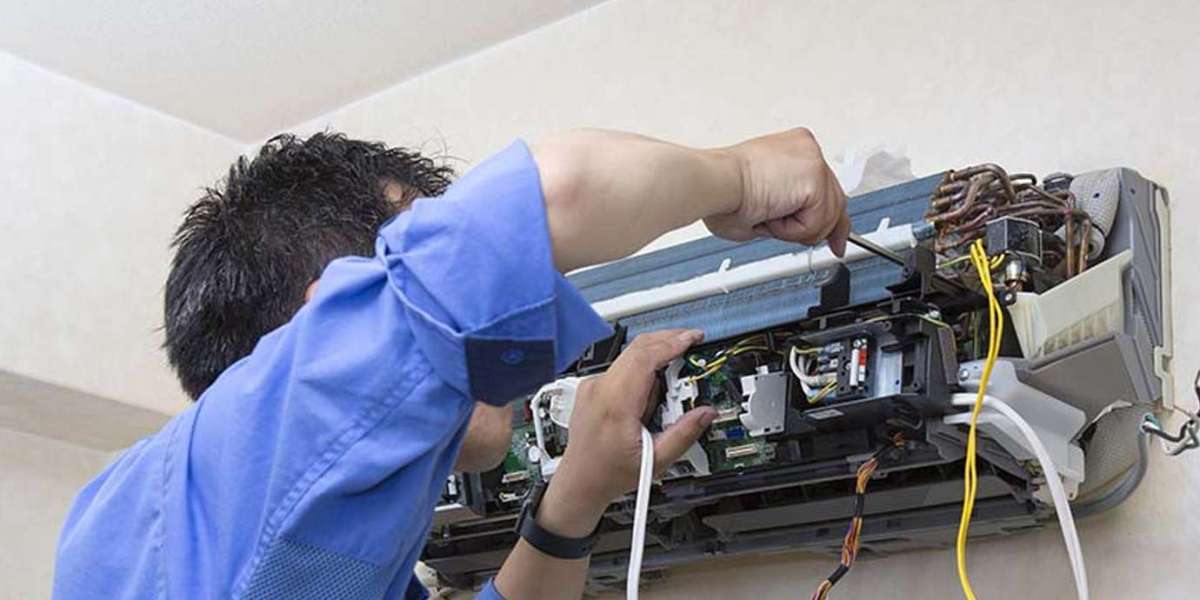Cognitive Behavioral Therapy (CBT) is a widely recognized therapeutic approach that helps children identify and manage their thoughts, feelings, and behaviors. When adapted for younger audiences, especially children aged 3 to 12, CBT becomes even more effective when combined with play-based techniques. These creative methods align with how children naturally communicate and process emotions—through play. This article explores how CBT in Dubai can be tailored for kids using playful, engaging strategies that promote mental well-being and emotional resilience.
Understanding CBT for Children
What Makes CBT Effective for Kids?
CBT is centered on the idea that thoughts influence emotions, which in turn affect behavior. For children, however, expressing emotions and understanding their thought patterns can be challenging through traditional talk therapy alone. This is where play-based techniques shine. These methods allow children to explore their internal experiences in a safe, comfortable, and non-threatening environment.
Through creative play, role-playing, drawing, storytelling, and games, children are given tools to recognize negative thought patterns and develop healthier coping mechanisms. CBT becomes more than just a cognitive exercise—it becomes a journey of learning through play.
Why Use Play in CBT?
Children process their world differently from adults. While adults often use logic and verbal reasoning, children use symbolic expression and imagination. Play-based CBT bridges this gap, allowing therapists to introduce cognitive-behavioral concepts in ways that resonate with a child’s developmental level. By embedding CBT principles into games and creative activities, kids are more likely to engage, open up, and internalize positive change.
Common Play-Based CBT Techniques for Kids
Puppet Role-Play
Using puppets helps children externalize their thoughts and feelings. A child might act out a scenario with a puppet who feels scared or sad, making it easier for them to discuss similar emotions indirectly. Therapists can gently guide the puppet through problem-solving or reframing negative thoughts, helping the child to model the same behavior in real life.
Feelings Charades
This game involves acting out different emotions and asking the child to guess them. It encourages emotional literacy—the ability to identify and name emotions. Once a child can label how they feel, it becomes easier to apply CBT techniques like reframing or calming strategies when difficult emotions arise.
The Thought Detective Game
Children are encouraged to become “thought detectives” who investigate their own thoughts. They learn to spot “sneaky” or unhelpful thoughts and ask themselves questions like “Is this thought true?” or “Is there another way to think about this?” This encourages cognitive flexibility and helps children challenge automatic negative thoughts.
Art-Based Thought Exploration
Drawing is a powerful medium in CBT for kids. A child might be asked to draw what a “happy brain” or “worried brain” looks like, providing visual cues for identifying emotional states. They can also illustrate specific situations that make them feel anxious or angry, leading to further exploration of their thoughts and reactions.
How CBT Helps Kids Build Emotional Skills
Self-Awareness
CBT teaches children to observe their thoughts and emotions, giving them a better understanding of their internal world. With the help of play-based techniques, they can articulate feelings that may have been confusing or overwhelming.
Problem-Solving
Children learn how to break down problems into smaller, manageable parts and brainstorm solutions. These skills are embedded in many CBT games and exercises, empowering children to take action when faced with challenges.
Confidence and Resilience
By reframing negative thinking and replacing it with positive or balanced thoughts, children build self-confidence. Over time, CBT helps kids respond to stress with greater resilience and emotional regulation.
Adapting CBT for Different Ages
Preschool-Aged Children
Younger children respond best to simple, concrete activities. Songs, movement, puppets, and short stories are ideal ways to introduce CBT concepts like “big feelings” or “calm-down thoughts.” The emphasis is on routine, repetition, and visual aids.
Elementary School Children
School-aged children can handle more structured activities. They benefit from workbooks, journaling, and interactive games that target specific thought patterns. They can begin identifying thinking errors and learn basic coping skills like deep breathing or using positive self-talk.
Parental Involvement in CBT
Supporting the Process at Home
Parental support plays a key role in reinforcing CBT strategies outside of therapy sessions. When parents are included in the process, they learn how to use the same language and techniques, providing consistency and encouragement. For example, a parent might use a “feelings chart” at home or engage in a short role-play exercise to help their child manage a challenging emotion.
Creating a Safe Emotional Environment
CBT also emphasizes the importance of a supportive and emotionally safe home environment. Children are more likely to use their CBT tools when they feel secure, understood, and encouraged to express themselves. Parents can help by validating their child's emotions and modeling healthy coping mechanisms.
Benefits of Early CBT Intervention
Early introduction of CBT helps children develop lifelong tools for emotional and behavioral health. When emotional regulation is learned early, it can positively affect school performance, friendships, and family dynamics. Children who practice CBT grow into adolescents and adults with a strong foundation for mental wellness.
CBT also reduces the risk of future mental health struggles by teaching children how to recognize and shift unhelpful thinking patterns before they become deeply ingrained. Through engaging, play-based methods, CBT not only addresses current emotional challenges but also promotes long-term emotional growth.
Conclusion
Cognitive-Behavioral Therapy in Dubai for kids is not about sitting in a chair and talking—it’s about learning, creating, exploring, and discovering new ways to feel better through the language of play. By adapting CBT to suit a child’s developmental level and unique needs, therapists can create meaningful change in the most natural way possible.
Whether through puppets, art, or games, CBT empowers children to understand themselves and take control of their emotional experiences. The results are lasting: improved confidence, better relationships, and stronger emotional health.
With consistent support and the right techniques, CBT helps children thrive—not just in the therapy room, but in every area of their lives.








